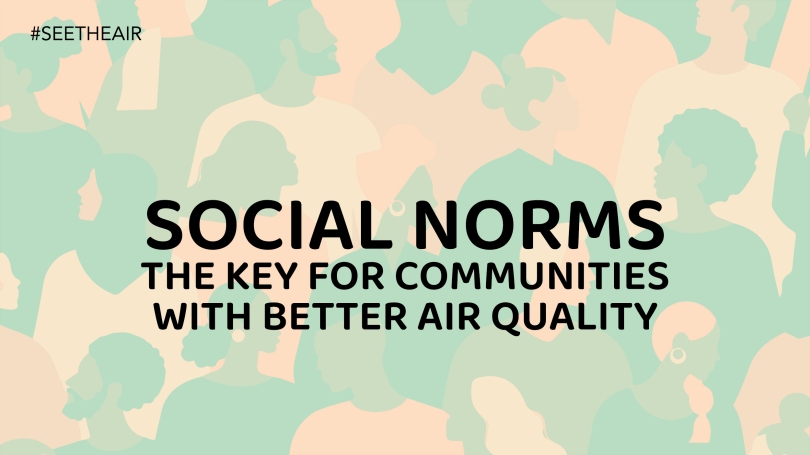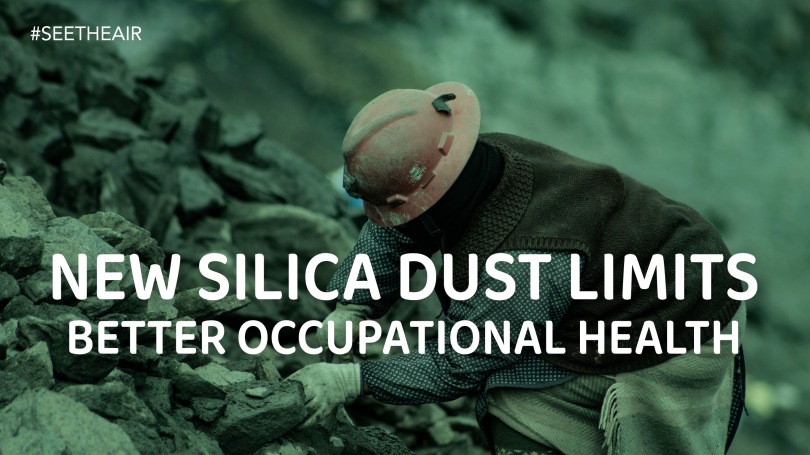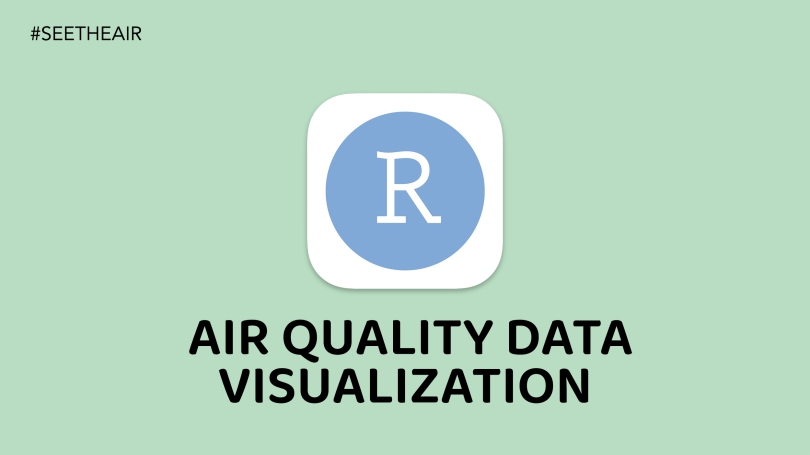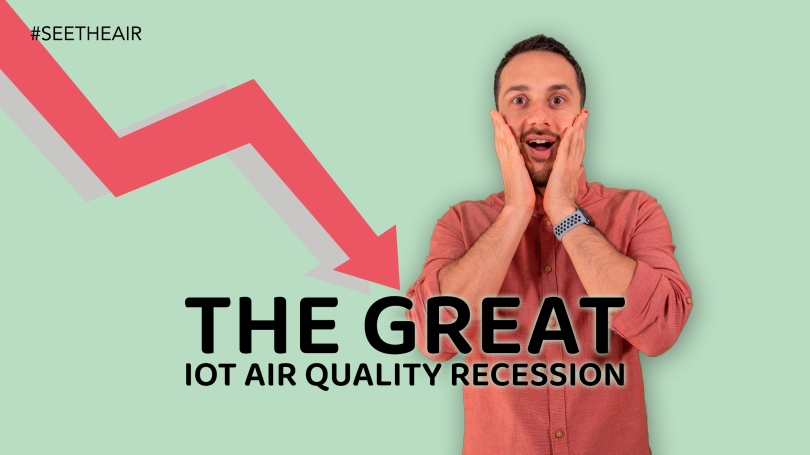Social norms are like unwritten rules that a group of people follow. They’re the guidelines for how we behave in certain situations, and they help keep things running smoothly. Social norms are still a powerful tool for inspiring behavior change for a few reasons:
- Leveraging the Desire to Belong: People are social creatures with a natural desire to fit in with their groups. Social norms highlight what behaviors are expected and accepted, nudging people to conform to avoid social disapproval.
- Focus on Prevalence: Social norms campaigns can emphasize that the desired behavior is actually more common than people think. This can counteract the feeling of being alone in adopting a new behavior.
- Positive Reinforcement: Seeing others engage in the positive behavior can provide encouragement and a sense of community around the change.
Here’s how social norms can be applied to air pollution:
- Highlighting Eco-Friendly Choices: Campaigns can showcase people using public transport, carpooling, or opting for sustainable products. This reframes these actions as the norm, making them more likely to be adopted by others.
- Community Recognition: Programs that recognize individuals or businesses for their efforts to reduce air pollution can create positive social pressure and inspire others to follow suit.
- Countering Misconceptions: Social norms campaigns can address the misconception that individual actions don’t make a difference. By highlighting the collective impact of many small changes, they can motivate people to take action.
For example, a campaign might feature a slogan like “Most people in our community use heat pumps – Join the Movement for Cleaner Air!” This approach uses social norms (descriptive norm – what people actually do) to encourage alternative heating to wood burning stoves (desired behavior).
By framing eco-friendly behaviors as the social norm, communities can create a more sustainable environment and improve air quality for everyone.




